Mining has existed for tens of thousands of years though modernization allows for mines that are deeper than ever. Most of these mines focus on gold since it is most commonly found deep within the crust of the Earth. While focusing on the active mines still pulling out resources for human use, let’s discover the top 10 deepest mines in the entire world.
Top 10 Deepest Mines in the World
These are the 10 deepest active mines on the planet:
| Mine Name | Mine Depth | Mine Location | Mined Resource |
|---|---|---|---|
| Mponeng Gold Mine | 2.5 Miles | South Africa | Gold |
| Driefontein Mine | 2.125 Miles | South Africa | Gold |
| Kasasalethu Mine | 2.105 Miles | South Africa | Gold |
| Kloof Mine | 2.080 Miles | South Africa | Gold and Uranium |
| Blyvooruitzicht Mine | 1.996 Miles | South Africa | Gold and Uranium |
| Moab Khotsong Mine | 1.896 Miles | South Africa | Gold |
| Kidd Mine | 1.873 Miles | Canada | Copper and Zinc |
| Laronde Mine | 1.869 Miles | Canada | Gold, Silver, Zinc, and Copper |
| Morro Velho Mine | 1.86 Miles | Brazil | Gold |
| South Deep Mine | 1.85 Miles | South Africa | Gold |
10. South Deep Mine in South Africa
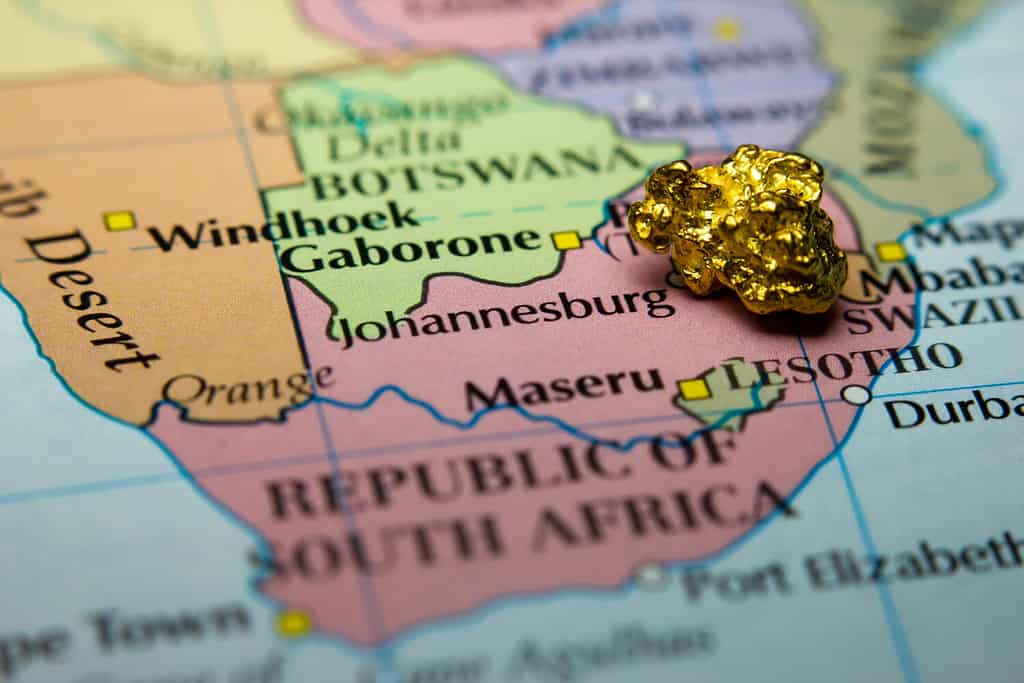
The Witwatersrand Basin contains some of the biggest gold deposits in the world.
©corlaffra/Shutterstock.com
The South Deep Mine in South Africa is a gold mine that is 1.85 miles deep. It is in the Province of Gauteng, which contains a majority of the mines located within South Africa. Specifically, gold is highly sought by mining ventures in the region.
Gauteng lies in a geographical location called the Witwatersrand Basin. This large basin encompasses several provinces and contains the sediments of long-gone ancient waters protected from erosion. As a result, this area contains some of the biggest gold deposits in the world.
9. Morro Velho in Brazil is the Oldest Continually Operating Mine in the Entire World
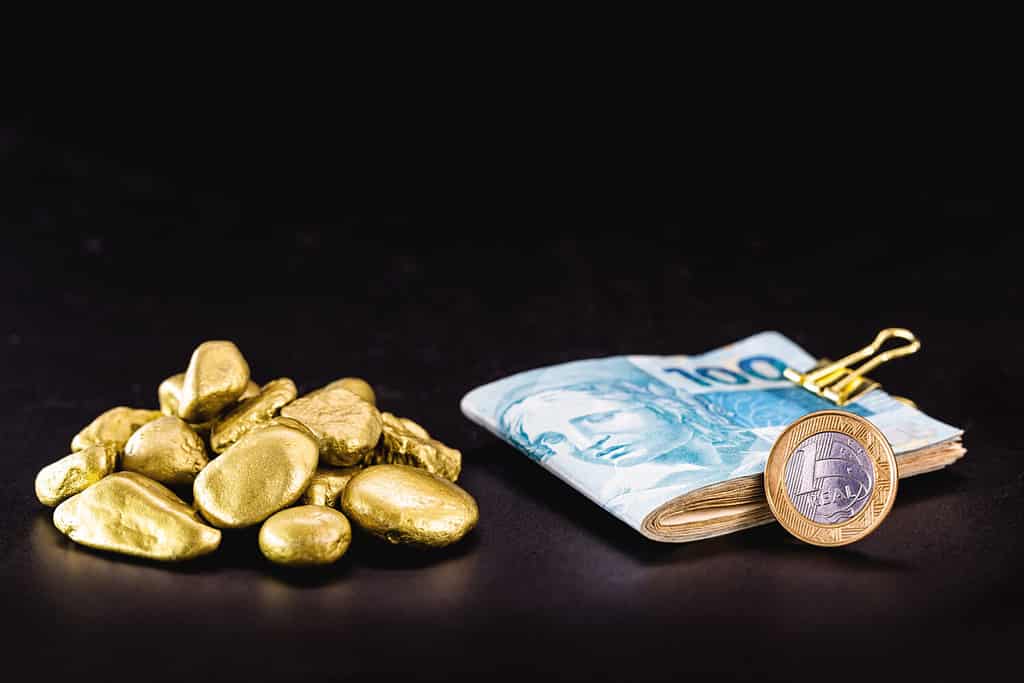
The Morro Velho in Brazil is 1.86 miles deep, and it’s the oldest continually operated mine in the world.
©RHJPhtotos/Shutterstock.com
Morro Velho in Brazil is 1.86 miles deep, and it’s driven by the search for gold. It is located near a city called Nova Lima and is run by a company with over 20 mines on 4 of the world’s continents. This company acquired the Morro Velho Mine complex in the twenty-first century though the mine has been in operation since 1725 CE.
The Morro Velho Mine complex is the oldest continually operated mine in the world. It was also the deepest mine in the world from 1915 to 1928. The mine has about 2,200 permanent employees and also accommodates about 800 seasonal workers.
8. Deepest Mines in the World: Laronde Mine in Canada
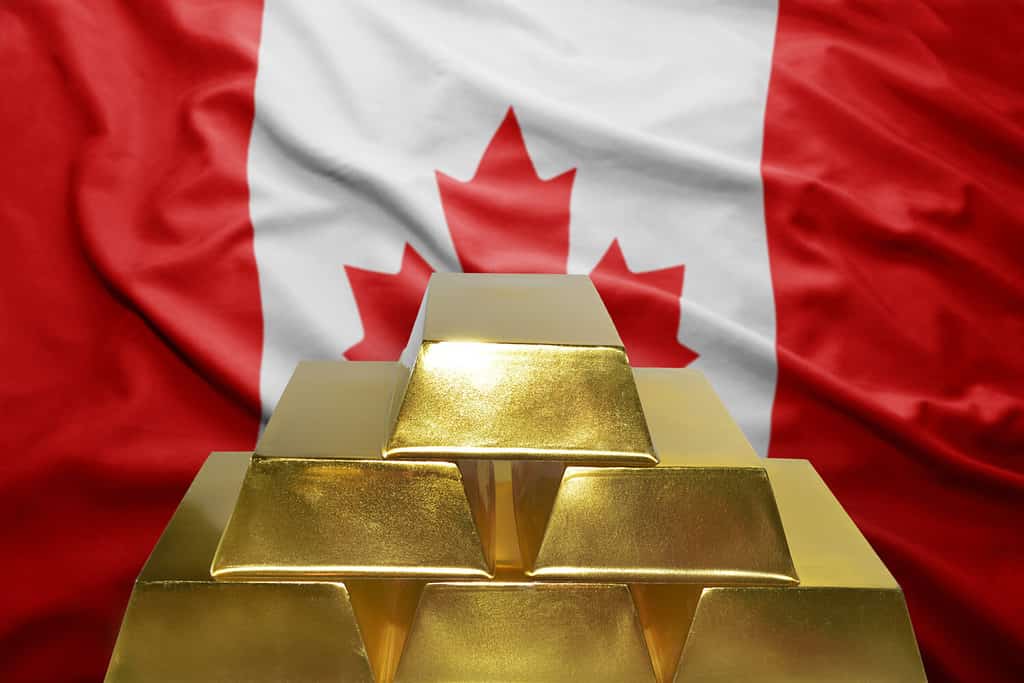
The Laronda Mine along the Trans-Canada Highway is almost 2 miles deep.
©esfera/Shutterstock.com
Canada hosts around 200 mines, including Laronda Mine, that’s 1.869 miles deep. The Laronda Mine extracts four metals: zinc, gold, copper, and silver. It’s located in Quebec along the Trans-Canada Highway, and it’s one of the deepest mines in the world.
A little over 1000 people work at this mine, and it’s expected to keep producing resources until 2032. The mine used to be named Dumagami Mine, but it was renamed in honor of the original mining engineer and project manager named, Don LaRonde.
7. Kidd Mine in Canada is the Deepest Base Metal Mine
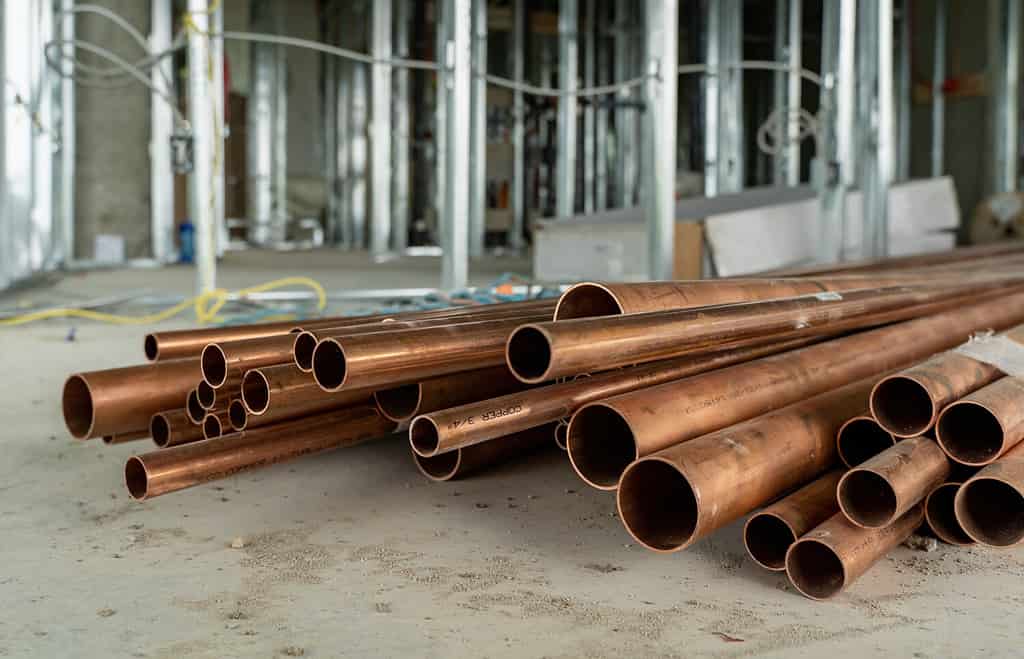
Copper is one of the base metals that Kidd Mine excavates from its 1.873-mile depths.
©Steve Hiscock/Shutterstock.com
The Kidd Mine in Canada produces zinc and copper from depths up to 1.873 miles. It is the deepest base metal mine in the world. Base metals are common metals that don’t contain iron, like the copper and zinc produced by Kidd Mine.
The Kidd Mine operates in Ontario for a Swiss company. The ore used to be processed nearby until about 2010, when processing shifted to Quebec.
6. Moab Khotsong Mine in South Africa
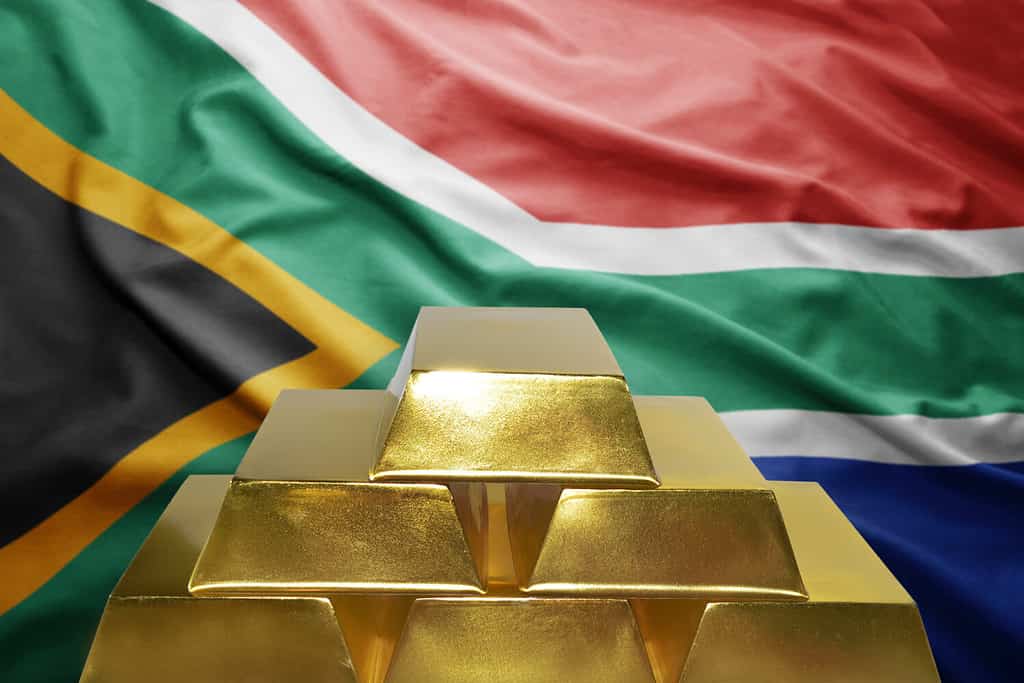
The Moab Khotsong Gold Mine is almost 2 miles deep, and it’s located in the Klerksdorp Goldfield.
©esfera/Shutterstock.com
The Moab Khotsong Gold Mine is 1.896 miles deep and resides in South Africa. Its location within the Witwatersrand Basin is an area named the Klerksdorp Goldfield.
Mines like this one and others in the Witwatersrand Basin create more than 40 percent of the pollution in the region. This includes fine dust dispersal over communities from mine tailings. Mine tailings are the debris left over after ore has been extracted from excavated material.
5. Blyvooruitzicht Mine in South Africa
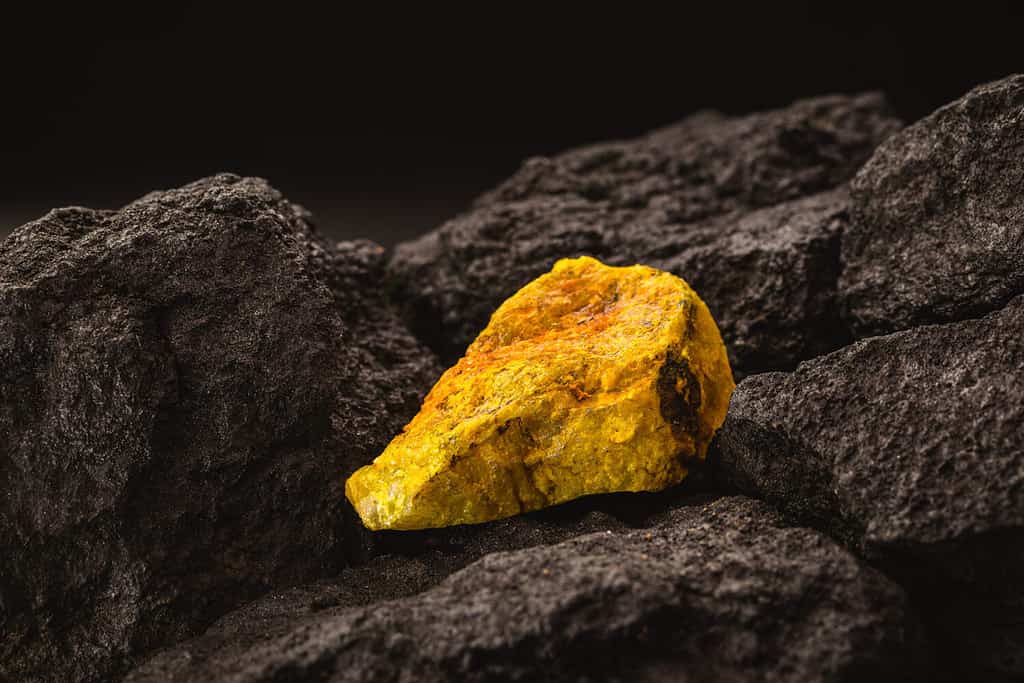
Uranium is one of the Blyvooruitzicht Mine’s resources that exists at a depth of 1.996 miles.
©RHJPhtotos/Shutterstock.com
The Blyvooruitzicht Mine is 1.996 miles deep. It extracts uranium and gold from its South African location. The word Blyvooruitzicht means happy prospect in Dutch, and the mine has been operating since 1937. The gold reserve at Blyvooruitzicht is one of the largest in South Africa’s portion of the Witwatersrand Basin.
4. Kloof Mine in South Africa
South Africa’s Kloof Mine, more commonly called the KCD mine, is 2.080 miles deep. Its mission is the constant pursuit of gold and uranium. There are millions of tons of uranium ore still in the mine.
3. Kasasalethu Mine in South Africa
The Kasasalethu Mine operates in search of gold and is 2.105 miles deep. It’s located in South Africa near Carletonville in Gauteng Province. The mine opened in 1978, and it still has a reserve of at least 800,000 ounces of gold.
2. Driefontein Mine in South Africa
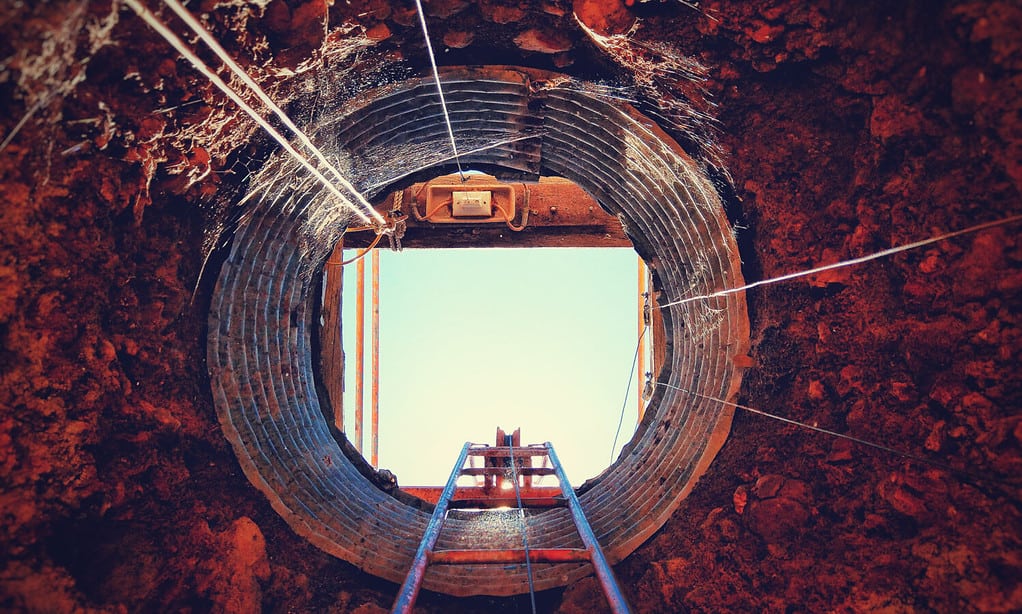
Mine shafts are vertical holes that miners excavate to the maximum depth of a mine.
©squishyfotos/Shutterstock.com
The Driefontein Mine is the second deepest mine in the world at 2.125 miles deep, and it’s another South African gold mine in Gauteng Province. 8 mining shafts are allowing work on 2 ore bodies. A mining shaft is a vertical hole that has been excavated to the depth of the ore body being mined.
1. Mponeng Gold Mine in South Africa is the Deepest Mine in the Entire World
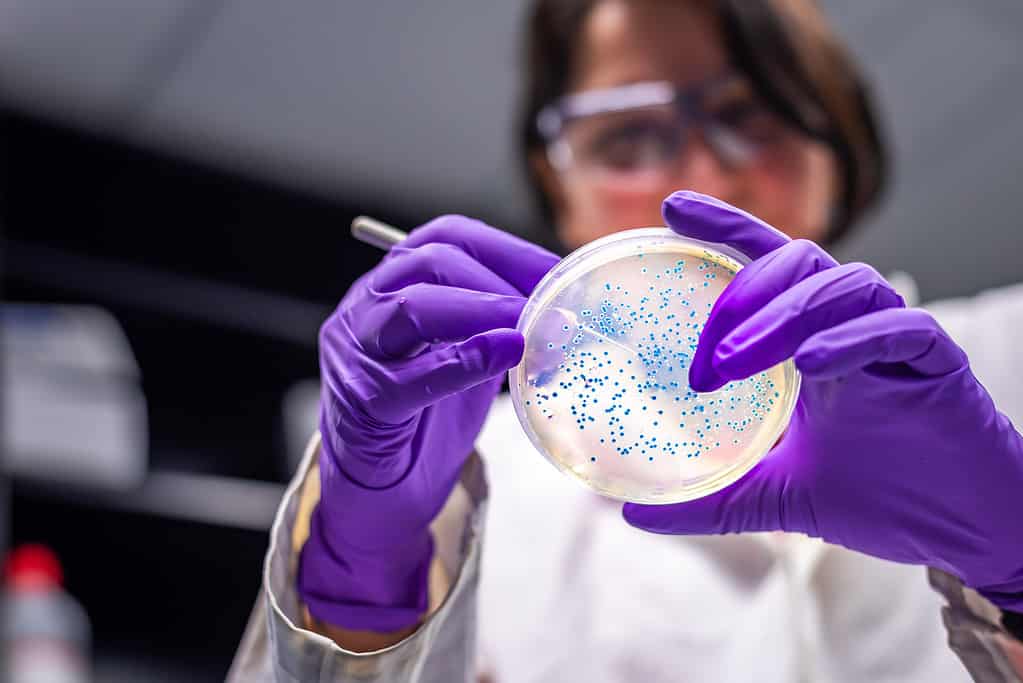
is an extremophile bacteria that lives in the Mponeng Mine at 2.5 miles deep.
©iStock.com/Manjurul
The Mponeng Gold Mine is in the Gauteng Province of South Africa and is the deepest mine in the world at 2.5 miles deep. It takes a person more than an hour to get to the bottom of the mine.
Inside the tunnels, slurry ice is pumped around to keep the air temperature below 86 degrees Fahrenheit. The tunnels themselves are lined with reinforced spray concrete.
While Mponeng processes almost 6000 tons of rock, the mine doesn’t turn much of a profit. Harmony Gold is a large company that owns resource extraction locations around the world, including the Mponeng Gold Mine.
The extremophile bacteria Desulforudis audaxviator was found in groundwater from the mine in 2008. Nothing in this bacterium’s diet, nor anything that affects its physical form, relies on sunlight, and it doesn’t share its ecosystem with any other living thing. These bacteria survive by feeding on chemicals created by the radioactive decay of surrounding rock minerals.
The photo featured at the top of this post is © RHJPhtotos/Shutterstock.com
Thank you for reading! Have some feedback for us? Contact the AZ Animals editorial team.






